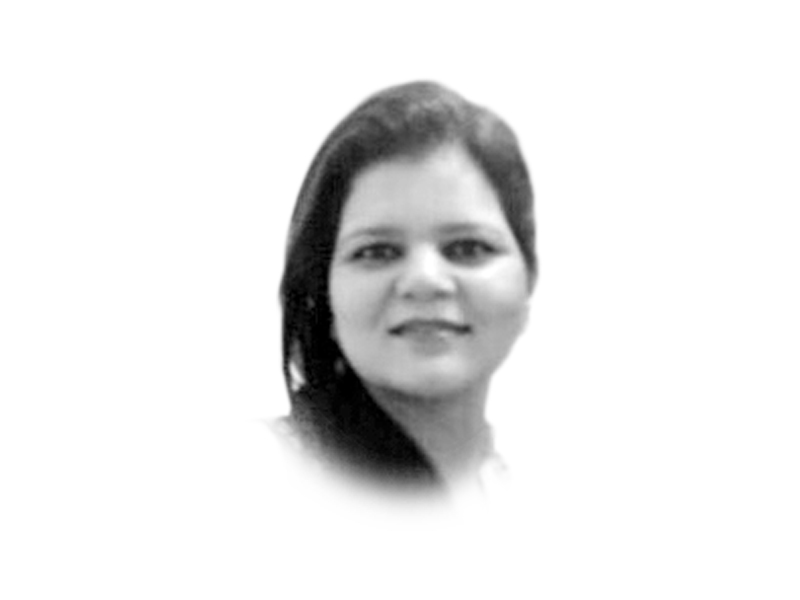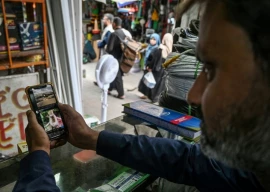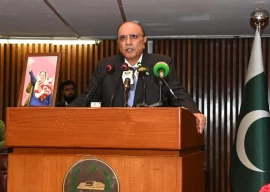
The United Nations recently launched a global campaign for youth #case4space. As the title suggests, we need to ensure free and safe spaces, where young people can meaningfully engage with local, national and global decision-making processes with a strong focus on the principles of diversity and inclusion. Most important is the civic space where individuals and groups are able to freely, effectively and without discrimination exercise their basic civil rights, to enable them to undertake free and voluntary action in order to advance socially-relevant goals. In Pakistan we are making an effort at the state, civil society and government levels to incorporate the idea but it does not seem enough to make it a vibrant and secure place for productive and progressive youth.
The youth bulge of Pakistan is going through an obvious divide of being privileged, underprivileged and unprivileged. If we compare between the developed youth and the marginalised youth of the country, the major gap is of the unavailability of spaces, instruments and opportunities.
According to the Higher Education Commission (HEC), the educated literate youth makes up 2.5 million of the country’s population, having 16 years of education and above, during 2014-15. Over three million were enrolled from grades 13 to 16 during the year 2013-14, which makes 15pc of 20 million Pakistanis in the eligible age group of 18-24 years. There were 1.3 million youth enrolled in 162 universities of Pakistan during the year 2015-16. In addition, there are over 255,000 youth enrolled in vocational training schools, according to Technical Education and Vocational Training Authority. However, these are all estimates as there is no aggregated data yet compiled.
Within this fraction of the literate youth population, there is a clear divide between elitist private educational campuses and public institutions. Elitist private sector youth carry the legacy of learning tools, finding spaces to experiment and be explicit in showcasing and developing linkages to the market, and packaging themselves with the emerging economic trends as an economic dividend. But the youth coming out of the public sector, who outnumber the private sector, are lagging behind in opportunities to learn, experiment, execute and present themselves. The education tools they have do not allow them to learn analytical skills, comprehension, confidence building, etc.
However, on the other hand, our youth is intelligent, hardworking and those who want to succeed show the willingness to do so. Malala Yousufzai, Arfa Kareem and Ali Moeen Nawazish are a few outstanding examples. But they are the exceptions. We cannot generalise our youth based on their success stories and ask them to follow their path without providing an inclusive and productive system.
Unfortunately, our literate youth from either private education system or public sector institutions, unanimously are delinked and disconnected from the civic sense. Our HEC rankings of universities only merit to the provision of facilities of infrastructure that is totally void of interventions such as gender, extracurricular activities, civic sense and rights-based capacity building, which is literacy with training. Such a system has obvious manifestation in an era of modernisation, technology and civilisation.
Civic sense creates spaces for youth to exercise their rightful wisdom, either pragmatically or virtually in the age of rapid technology.
Let’s remember we are not yet touching upon illiterate youth population, who are unable to reach a higher level of education or are out of school. Youth encompasses different categories, such as literate or illiterate, living in urban, rural or semi-urban areas, are differently-abled, belong to different religious sects, are transgender people, or work as labourers or domestic workers. However, less or no civic space, insufficient social and political empowerment, and exclusion of youth can have terrible consequences.
Published in The Express Tribune, April 24th, 2017.
Like Opinion & Editorial on Facebook, follow @ETOpEd on Twitter to receive all updates on all our daily pieces.



















































COMMENTS (1)
Comments are moderated and generally will be posted if they are on-topic and not abusive.
For more information, please see our Comments FAQ